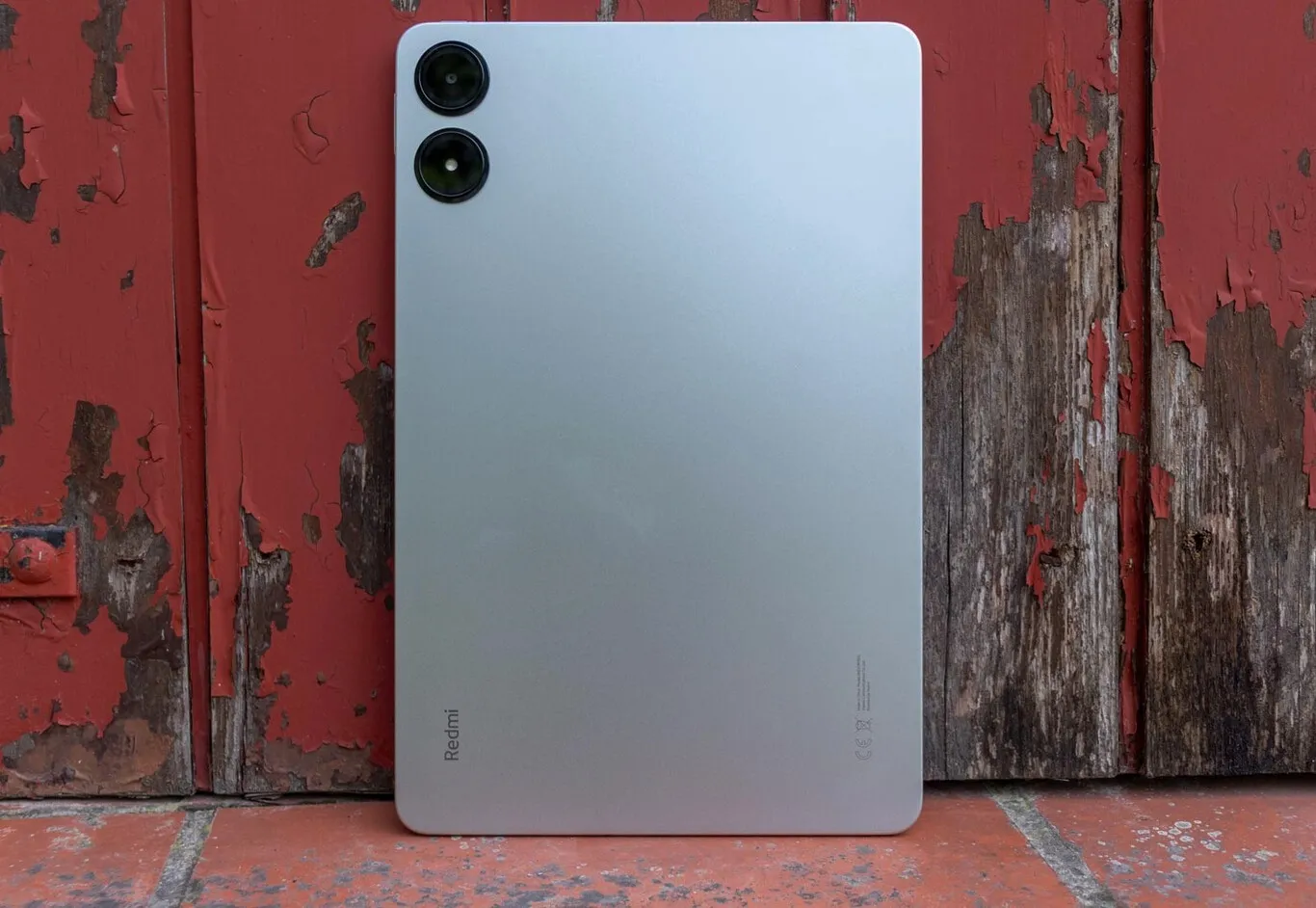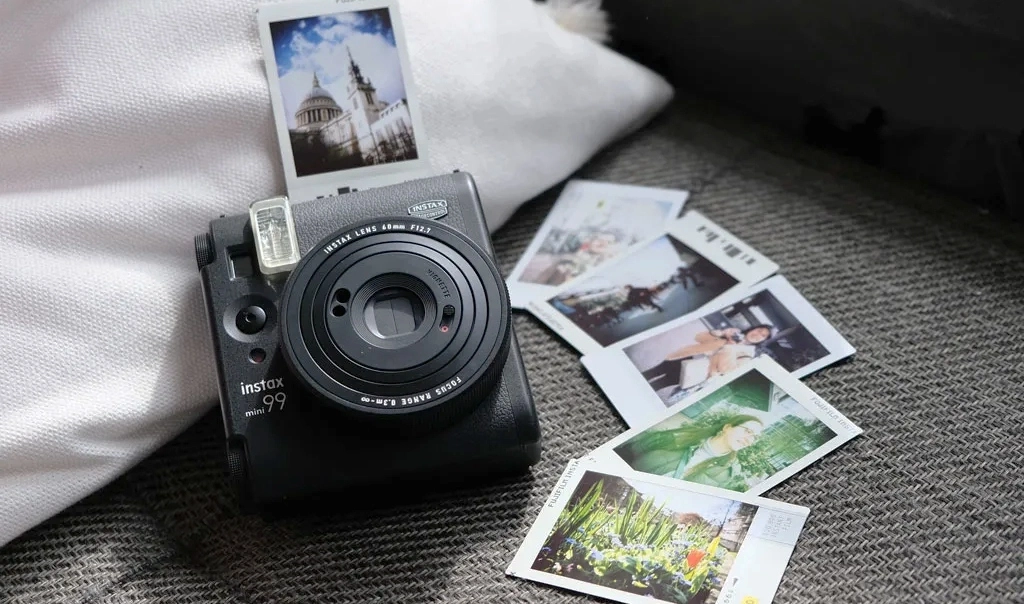The Redmi Pad Pro is Redmi’s first Pro tablet model, and it’s worth noting that its great design and price tag of €299 make it one of the most appealing tablets on the market right now.
Tablets have been going through a difficult period for a few years, as declining sales had caused many manufacturers to lose interest, but recently, especially after the Covid-19 pandemic, they are enjoying a second youth, despite the fact that they are not at their best.
This boom is due to the momentum provided by brands such as Apple, Google, Lenovo, and Xiaomi, with more product launches than in previous years. Xiaomi, sixth worldwide with 6% of sales according to data from Canalys, is one of the clearest examples of this trend.
In addition to its renowned Xiaomi Pad series, which has continued with the new Xiaomi Pad 6S Pro, the rest of Xiaomi’s brands have also wanted to get in on the tablet business.
This is the case with Redmi and Poco. Redmi, known for its popular mid-range Redmi Note, entered the tablet market in Spain in 2022 with the launch of the first Redmi Pad, followed by more affordable models such as the Redmi Pad SE.
For its part, Poco has not launched any tablets in Spain, but only technically, because in reality its first international tablet, the Poco Pad presented in India, will arrive in Spain as the new Redmi Pad Pro.
I’ve been able to try out the Redmi Pad Pro, Redmi’s first attempt at a mid-range but more powerful tablet for Spanish users—albeit borrowed from Poco—and I’ll tell you about my experience.
Let me just say that the Redmi Pad Pro has surprised me with its fluidity and because, although it’s not quite high-end, it’s missing very little and the overall experience has been great for a price of $300.
Its design lives up to its Pro name
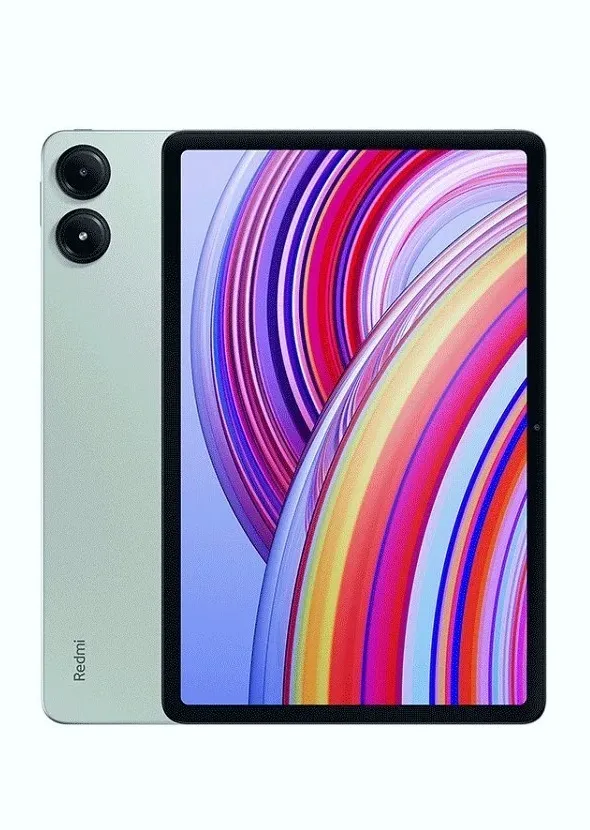
In terms of design, the Redmi Pad Pro lives up to its Pro name because it is clearly the brand’s most polished product to date on the Spanish market.
The Redmi Pad Pro scores highly in most aspects of today’s tablets, even in higher ranges, as it has a decent design that feels premium in the hands, even if it’s not so much for the pocket.
Xiaomi and Redmi have achieved a front with fairly narrow bezels that do not interfere with the user experience at all. In addition, as with most competitors lately, the front camera is on the horizontal edge to make video calls more natural, which I think is a good move.
The edges are flat and made of a metallic material, which appears to be aluminum and feels solid and sturdy to the touch. The back, made of the same metal, shows fingerprints slightly but is fairly clean overall, and has a consistent shine that makes it look silver, although I actually tested the ocean blue color.
If you prefer, in addition to ocean blue, graphite gray and mint green versions are also available in Spain, which are quite discreet.
In terms of dimensions, I think Redmi has got it right too, thanks to its fairly slim thickness of 7.52 millimeters, which feels even less because it is flat, while its weight of 571 grams seems reasonably light for a 12-inch tablet, which is not exactly small.
In terms of connectivity, the Redmi Pad Pro is a decent device, but it doesn’t particularly stand out in terms of technology, although it does in terms of accessories.
With WiFi 6 and Bluetooth 5.2, the brand has chosen standards that, in my experience, are more than sufficient for intensive use today, but it doesn’t go for the most advanced technologies available today, such as WiFi 7 and Bluetooth 5.3 or 5.4.
Xiaomi offers three official accessories compatible with the Redmi Pad Pro for purchase separately: a case for $39.99 that I haven’t been able to test, and a case with a keyboard and stylus that I was able to test for this review.
The Redmi Pad Pro Keyboard case is priced at $99.99, which I found a bit expensive for not having a trackpad, although the typing experience is quite good.
It is made of a vegan leather-like material that I liked the feel of, and I liked the stand position it allows, which is ideal for watching videos at home. That said, I would have appreciated more positions in which to place it.
The keyboard has a certain key travel that makes it suitable for use for short periods of time. I tested the international keyboard version, so make sure you buy the Spanish keyboard before you end up disappointed and have to type without accents or ñ for the rest of your life.
The Redmi Smart Pen stylus, which costs $79.99, surprised me because it’s cheaper than the Xiaomi Smart Pen ($100).
It offers interesting features such as a USB-C port and very low latency, although it does have some limitations such as one less button.
Its LCD screen offers good results and its sound is outstanding
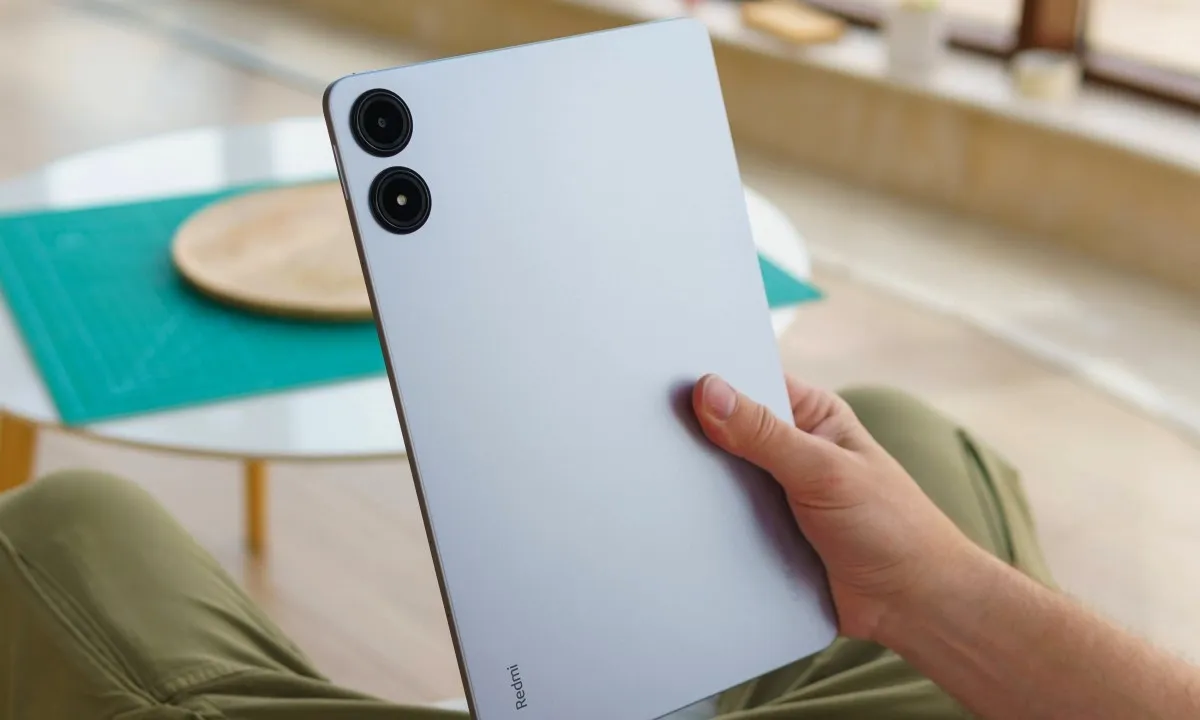
Xiaomi has not taken any risks with the Redmi Pad Pro’s screen, opting for an LCD panel that is not overly luxurious but provides a fairly good experience.
The Redmi Pad Pro lives up to its name with a larger screen than other Redmi models, measuring 12.1 inches, which provides more space for consuming content, multitasking, or writing with the stylus.
Its 16:10 aspect ratio, more similar to laptop screens than mobile screens, proves that this device is designed for work and for splitting the screen into sections with several apps open at the same time.
Its screen, which occupies 83.6% of the front, stands out for its good color reproduction, wide viewing angle, low light leakage in the corners—it even has Dolby Vision, a certification more common in high-end devices—and because, in general, it has many of the innovations that are becoming common in today’s mobile phones.
What I liked most was the maximum brightness of 600 nits, which I found sufficient, although it suffers in sunny environments, and above all its 120 Hz refresh rate, which is also adaptive and adjusts to the app you are using to provide smooth movement without excessive battery consumption.
Sound is another area where Xiaomi has managed to bring the Redmi Pad Pro up to the level of tablets that are much more expensive than its $299.99 price tag, as I found it to be generally impressive.
The tablet has four speakers in total, two at the top and two at the bottom, which are also Dolby Atmos certified. During the two weeks of testing, I watched entire Roland Garros matches and listened to music at home with sound quality that exceeded my expectations.
The maximum volume it reaches may not be high enough to use it as a replacement for a home speaker, but the sound quality and how well balanced both the bass and treble are make for a very premium experience.
It has very good power for its range, but don’t expect miracles.
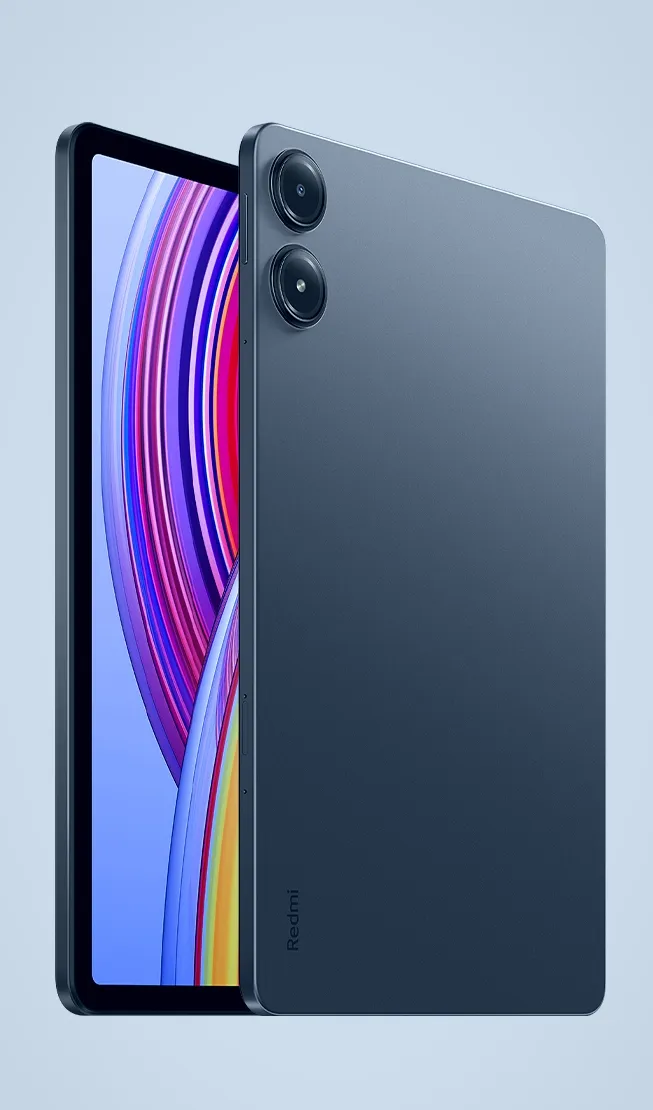
Performance tests show how it far outperforms the original Redmi Pad, launched in 2022, making the Redmi Pad Pro the most advanced model in Xiaomi’s sub-brand.
However, it falls clearly behind the Xiaomi Pad 6, released almost a year earlier and featuring a processor model, the Snapdragon 870, which is two years older than the Snapdragon 7s Gen 2. This is poor performance for Qualcomm’s new chips and also for Redmi.
From my experience, I can tell you that overall it has been very smooth in everyday use and that I have been able to have dozens of apps open at the same time without noticing any slowdown or lag, even when using two apps open in the same window. The 8GB of RAM in the model I tested performs quite well.
Although it’s not a gaming tablet by any means, the Redmi Pad Pro has enough power to run mobile games with ease.
I played several consecutive online games of Pokémon Unite (10 minutes each) and didn’t notice the device heating up, which is a positive thing because, although it’s not the most graphically demanding game, it is a battle royale where smoothness is essential to winning.
However, it’s not a gaming tablet and struggles with more powerful video games, as well as some graphic editing tasks, since the Redmi Smart Pen lacks important features such as palm blocking or tilt detection.
In terms of software, HyperOS is on the right track in terms of being a cleaner and more user-friendly interface, as I think it has improved somewhat over MIUI in areas such as design, animations, and overall fluidity. The pre-installed apps are still a problem, as is usual with this brand.
However, for me, Xiaomi hasn’t done enough to make its interface suitable for tablet users. Although you have much more screen space to start with, you basically have the same features as on a mobile phone, which are limited to splitting the screen in two for two apps (you can’t have three or more) and floating windows.
This is fine, yes, but if you really want this Redmi Pad Pro to be a laptop replacement for travel, I think Android, which is present here in its Android 14 version, still has a long way to go.
The cameras are adequate and necessary, but with some interesting features.
Its 8-megapixel rear camera doesn’t stand out for its quality and doesn’t have all the modes we’re used to on a mobile phone, as is the case with other tablets, but focuses on documents, normal photos, and a night mode for poorly lit rooms.
With a maximum of 1080p for both photos and videos, although the image is sharp enough to show a room during a video call, I don’t think it’s good for much else. It also has a digital zoom of up to 5x, but I don’t recommend it too much.
The front camera, which is located on the right side of the frame for using the tablet in landscape mode for video calls, is also fairly basic. It also has 8 megapixels and is suitable for video calls with decent quality, as I was able to test, with up to 1080p and 30 fps.
One detail I did like is a feature in the tablet settings called conference tools, which I recommend enabling because it displays a drop-down menu in the upper left corner during video calls.
This panel offers two options: focus frame, which zooms in on the face and places it in the center of the image even if you move within the frame, and fill light, useful for adding a little light in dark rooms. Focus frame doesn’t always frame you well and tends to show you very low in my experience, but I still liked the touch.
The Redmi Pad Pro’s battery life is very good, although it doesn’t stand out in terms of fast charging.
Redmi and Poco are known for offering batteries with good battery life in their phones, and this Redmi Pad Pro is no exception, with a very high capacity for its size and price: 10,000 mAh.
As a reference, I was able to watch entire days of Roland Garros from morning to night and the battery lasted without having to go through the charger, which I think is a good indicator that it can be used for an 8-hour workday without any major problems.
The area where Xiaomi unfortunately lags behind is charging, which is far from being one of the Redmi Pad Pro’s strengths.
The new tablet is sold without the adapter included in the box, so it does have 33W fast charging, but only if you buy a separate charger or have a Power Delivery-compatible adapter at home. This is going to become more common due to European eco-design regulations that will come into force in 2025, but as of today it is not yet mandatory.
With the 40W PD charger I have, charging the Redmi Pad Pro isn’t exactly fast, as it takes about three hours to go from 0 to 100% battery.
The Redmi Pad Pro is the best tablet in terms of price and battery life

With all of the above, the Redmi Pad Pro has become one of the most interesting mid-range tablet models with a twist on the Spanish market right now.
Although its internal power is a step behind the most advanced tablets or even the upper mid-range, it offers remarkable value for money, a design with good quality materials, a reliable screen, and bombproof battery life, which are great selling points for the general user.
If you use more demanding applications such as graphics, powerful video games or the Adobe suite, I don’t think the Redmi Pad Pro is the right tablet for you.
But if you’re simply a heavy user who wants a main tablet to use at home, take on trips or study without feeling like you’re missing out, I think Redmi has achieved its goal.

